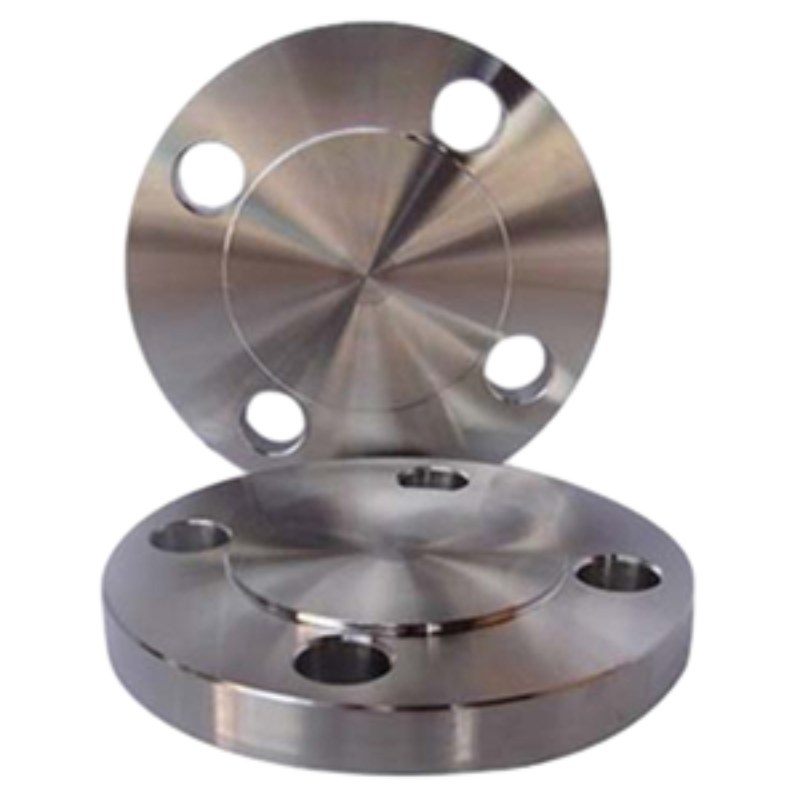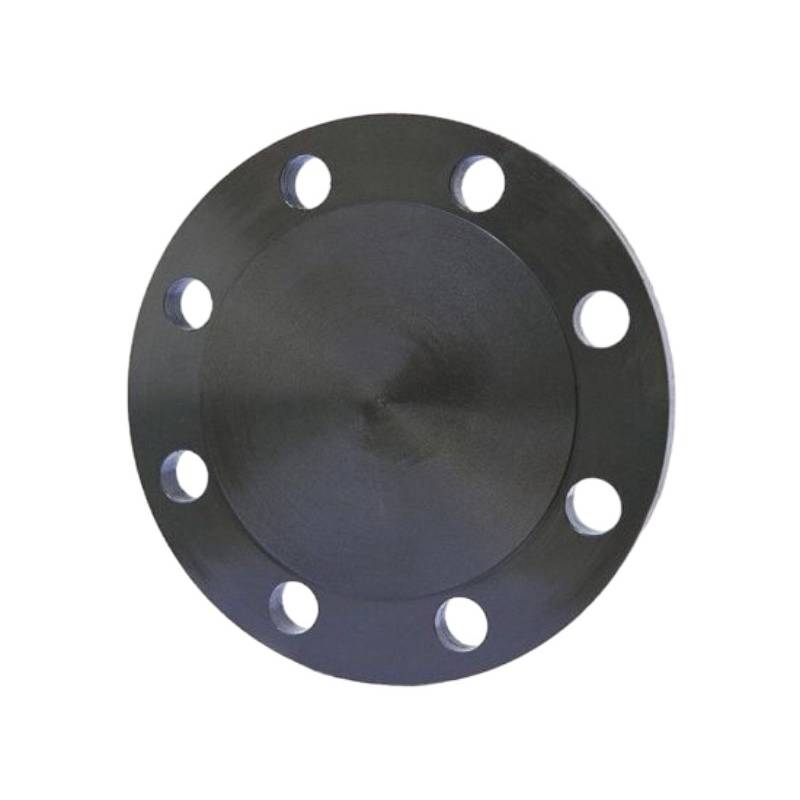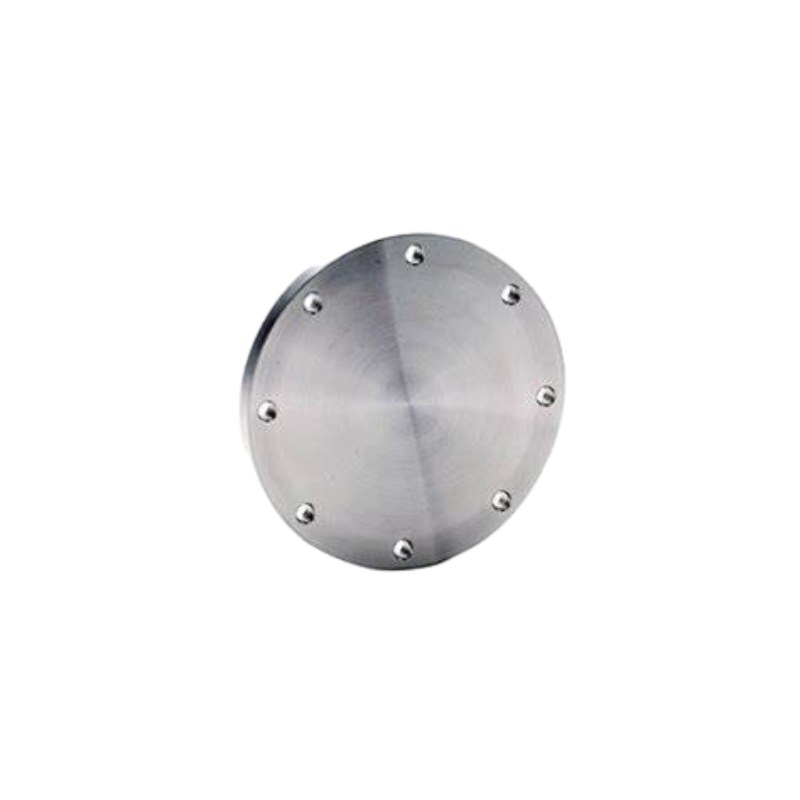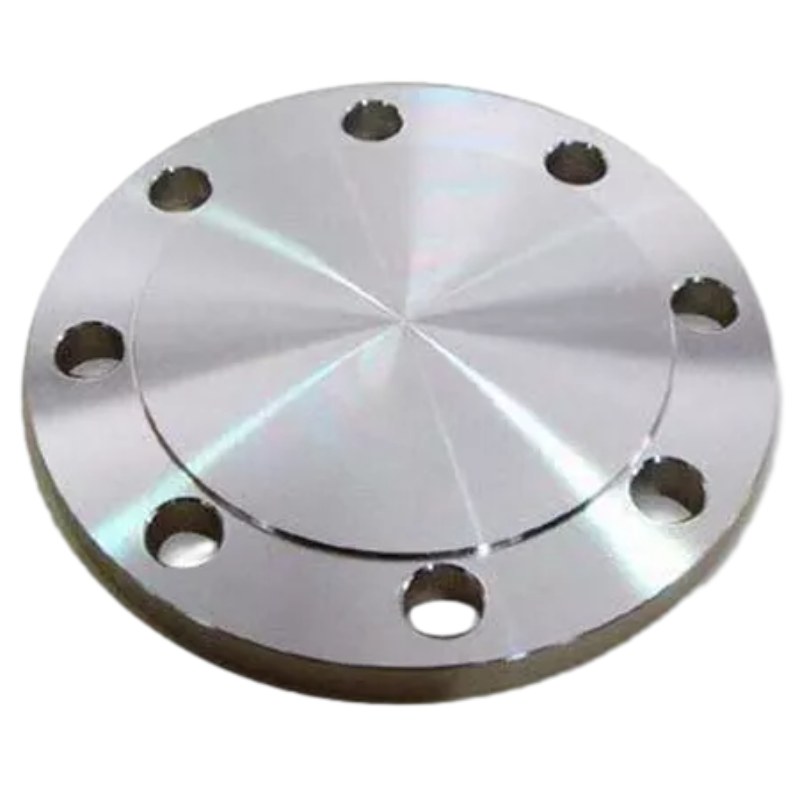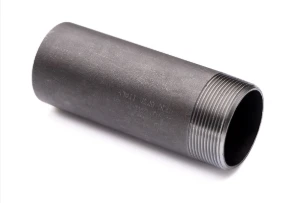-
עיצוב עמיד: ה-GOST 12836-67 Blind Flange כולל צלחת שטוחה ועגולה עם חורי ברגים ברווח שווה סביב ההיקף. עיצוב זה מאפשר יישור והברגה קלה לאוגן ההזדווג, ומספק פתרון סגירה חזק ויציב למערכות צנרת.
-
איטום מאובטח: כאשר מותקן בקצה הצינור, הפנים השטוחים של ה-GOST 12836-67 Blind Flange יוצר אטימה הדוקה, מונע דליפת נוזלים ושומר על שלמות מערכת הצנרת. יכולת אטימה מאובטחת זו מבטיחה ביצועים ובטיחות מיטביים, גם בתנאי הפעלה קיצוניים.
-
יישום רב תכליתי: מבתי זיקוק של נפט וגז ועד למפעלי עיבוד כימיים ורשתות חלוקת מים, GOST 12836-67 Blind Flanges מוצאים יישום רב-תכליתי בתעשיות מגוונות. בין אם משתמשים בהם למטרות בידוד, בדיקות לחץ או סגירות זמניות, אוגנים אלו מציעים אמינות ועמידות במערכות צנרת קריטיות.
-
בנייה עמידה: בנויים מחומרים איכותיים כגון פלדת פחמן, נירוסטה או פלדת סגסוגת, אוגנים עיוורים מסוג GOST 12836-67 מציגים חוזק ועמידות יוצאי דופן. הם מתוכננים לעמוד בתנאי הפעלה קשים, כולל סביבות קורוזיביות, טמפרטורות גבוהות ולחץ אינטנסיבי, מה שמבטיח ביצועים ואמינות לטווח ארוך.
-
הנדסת דיוק: GOST 12836-67 אוגנים עיוורים עוברים תהליכי עיבוד והנדסה מדויקים כדי לעמוד בסובלנות מימדית קפדנית ודרישות גימור פני השטח. דיוק זה מבטיח תאימות והחלפה עם אוגנים סטנדרטיים אחרים, מקל על שילוב חלק במערכות צנרת וממזער את הסיכון לדליפות או כשלים.
-
קלות התקנה: התקנת אוגנים עיוורים של GOST 12836-67 יעילה וישירה, דורשת יישור והברגה פשוטים לקצה הצינור. הממדים והעיצוב הסטנדרטיים שלהם מקלים על שילוב קל ברשתות צנרת קיימות, וממזערים את זמן ההתקנה ועלויות העבודה.
תכונות עיקריות:
- עיצוב חזק לסגירה מאובטחת
- איטום מאובטח עם עיצוב פנים שטוחים
- יישום רב תכליתי בכל תעשיות
- בנייה עמידה לביצועים לטווח ארוך
- הנדסה מדויקת לסובלנות הדוקה
- קלות התקנה עם יישור והברגה פשוטים
Material Selection for GOST 12836-67 Blind Flanges: What You Need to Know
When it comes to GOST 12836-67 blind flanges, selecting the appropriate material is crucial for ensuring functionality, safety, and longevity in various applications. GOST standards, established by the Euro-Asian Council for Standardization, Metrology and Certification, guide the specification of materials to maintain the integrity of piping systems.
Key Considerations for Material Selection:
1. Corrosion Resistance: One of the primary factors in choosing a material for GOST blind flanges is its ability to resist corrosion. Stainless steel (such as 304, and 316) is a popular choice due to its excellent resistance to oxidizing environments. For applications involving aggressive chemicals, alloys like Inconel or Monel are often considered.
2. Pressure and Temperature Rating: GOST blind flanges need to be rated for the specific pressure and temperature conditions they will face. Material selection must align with the service conditions to avoid failure. For high-pressure applications, carbon steel flanges can be suitable, provided they are properly treated or coated.
3. Weldability and Machinability: Depending on installation requirements, the selected material should offer appropriate weldability and machinability. If modifications or on-site fabrication are necessary, choosing materials that can be easily welded is essential.
4. Standards Compliance: Ensure that the materials selected comply with all relevant GOST standards. This not only guarantees quality but also maintains compatibility within the piping system.
5. Cost-effectiveness: While material selection should prioritize performance and safety, cost considerations also play a significant role, especially in large-scale projects. Finding a balance between budget and quality is essential.
Differences Between GOST 12836-67 Blind Flange and Other Flange Standards
When comparing the GOST 12836-67 blind flange with other flange standards, several key differences emerge that reflect the unique characteristics and applications of the Russian standard. The GOST (Gosudarstvennyy Standart) system is a set of regulations and guidelines that govern various industrial products, including blind flanges, which are used to seal off piping systems.
One of the primary differences lies in the dimension and pressure rating classifications. GOST 12836-67 blind flanges are specifically designed according to Russian specifications, with dimensions that may differ significantly from those outlined in ANSI, ASME, or ISO standards. For instance, while ANSI/ASME flanges are typically categorized into nominal pipe sizes (NPS) and pressure classes, GOST flanges feature a unique set of sizes and pressure ratings, making it essential for engineers to select the appropriate type based on regional standards.
Another notable difference is the material composition. The GOST standard emphasizes the use of specific materials that are suited for the harsh Russian climate and industrial requirements. While common materials such as carbon steel and stainless steel are also used in other standards, GOST may specify additional material grades to accommodate unique environmental challenges, including extreme temperatures and corrosive conditions.
Additionally, the manufacturing and testing processes for GOST 12836-67 blind flanges are subject to local industry regulations, which might include stricter quality assurance protocols compared to other international standards. This ensures that the flanges not only meet dimensional specifications but also effectively withstand the pressures and temperatures expected in typical applications within Russia.
In summary, while GOST 12836-67 blind flanges share similarities with other flange standards, their unique dimensions, material requirements, and quality assurance processes set them apart. Understanding these differences is crucial for engineers and designers when selecting flanges for specific applications in diverse geographical locations.







